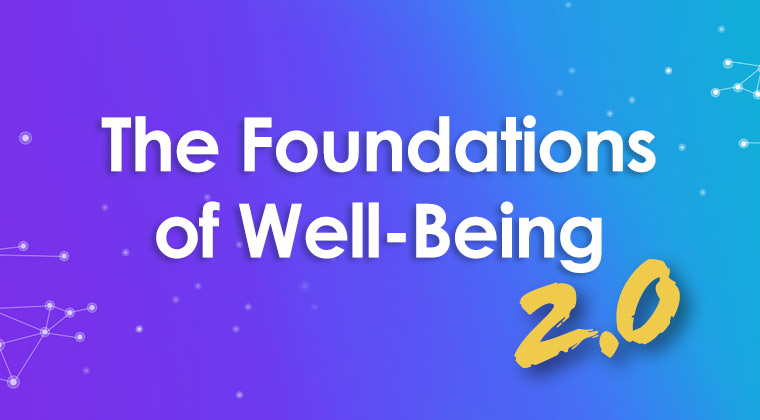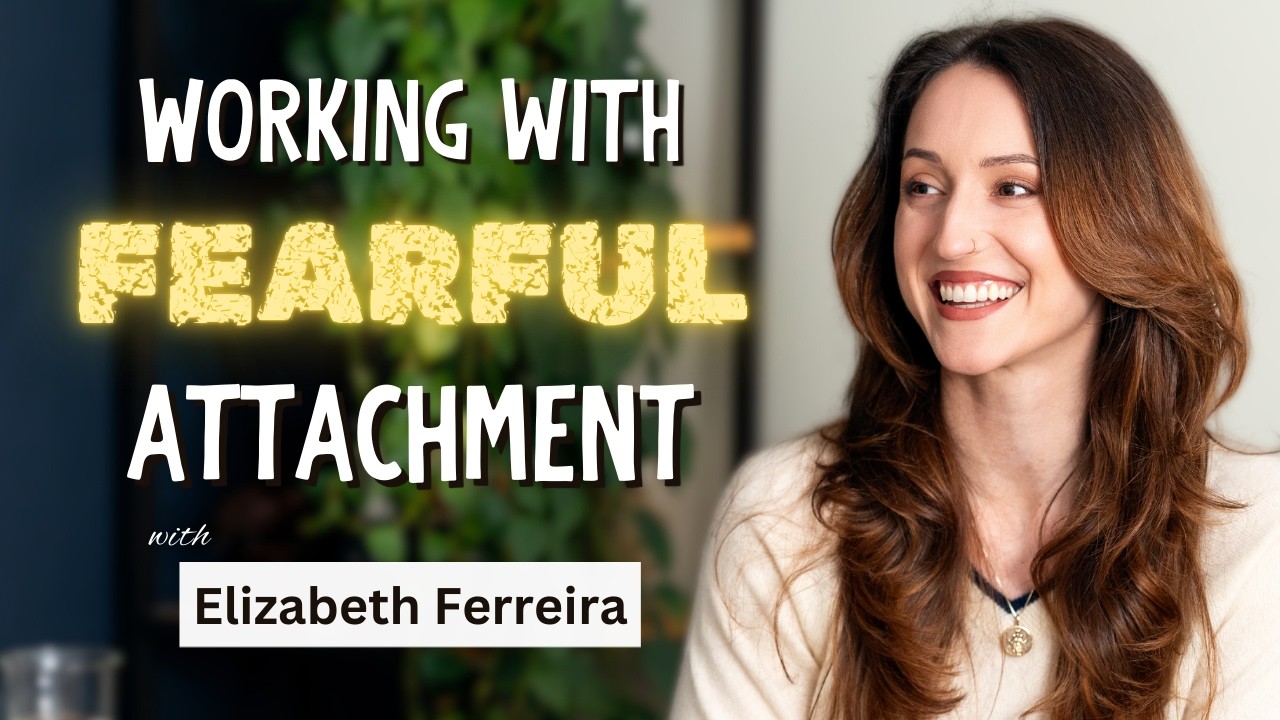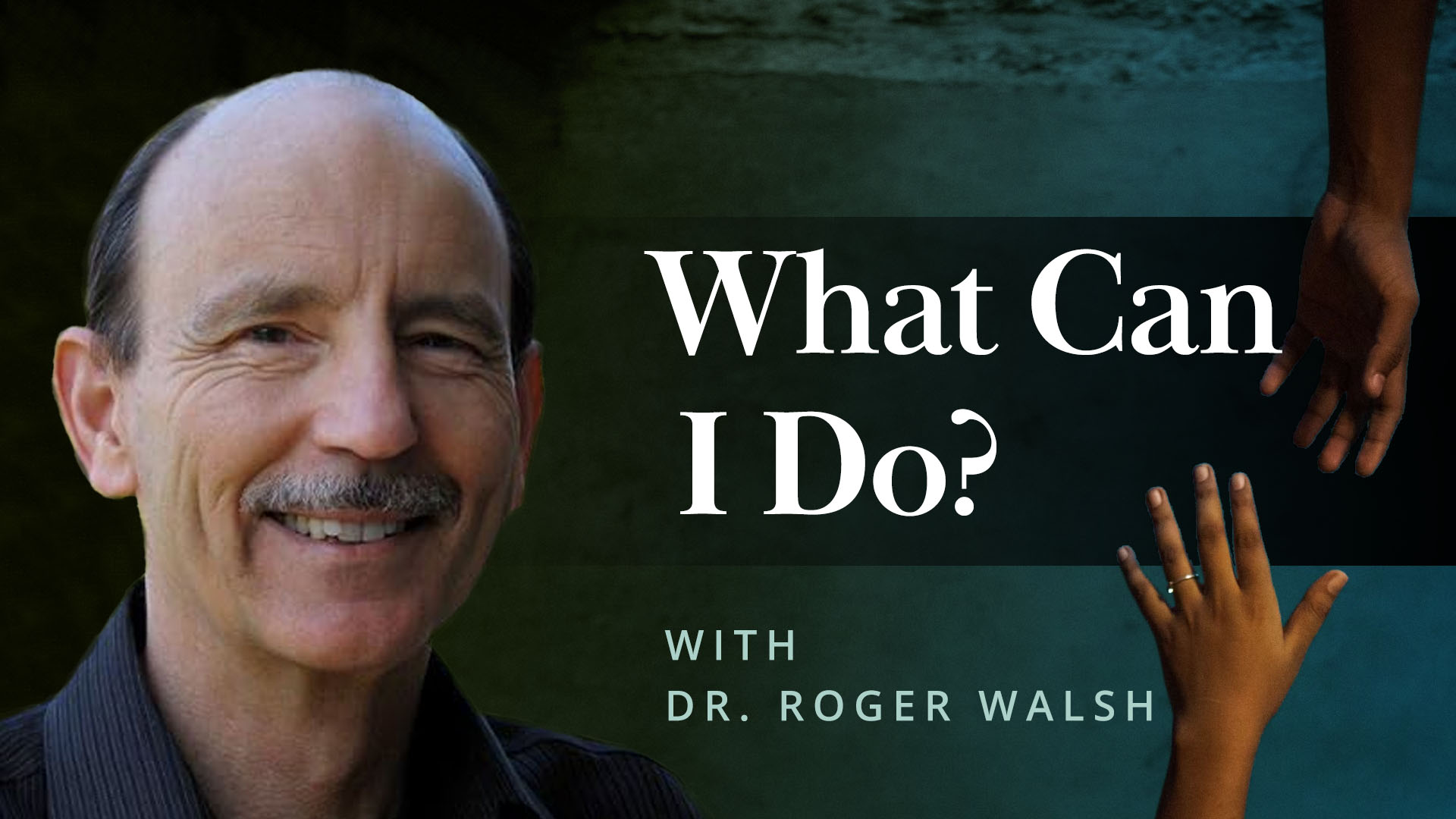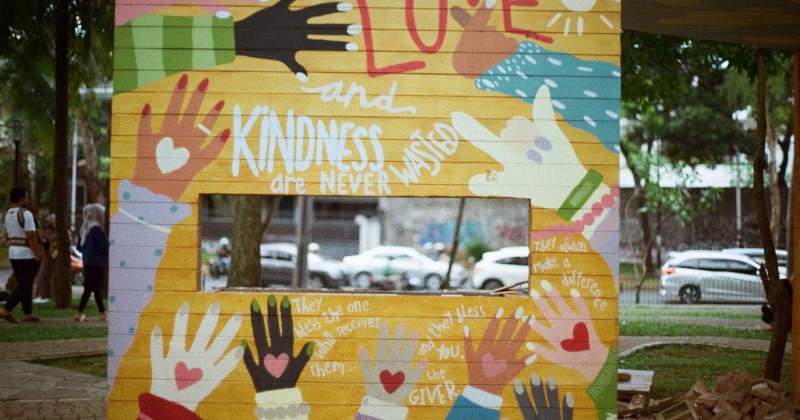Is it heavy?
The Practice: Drop the Stone.
Why?
As we begin a new year for many people, it’s natural to consider how to make it a good one. Besides taking action in the outer world – from fixing a dripping faucet to feeding every child – we can act inside our own minds . . . and take the benefits with us wherever we go. This year, what do you think are the top five things you can do inside yourself to be happier, stronger, wiser, and more loving?
In this JOT and those that follow, I’ll suggest my own top five:
- Drop the stone
- Let it flow
- Learn as you go
- “Us” all “thems”
- Be Amazed
So, what do I mean by “drop the stone?”
Most of us are lugging around at least one thing that is a needless burden. Such as holding on to resentments, worrying over and over about the same thing, or trying to make someone love you who won’t. It’s like a load on your back, a weight in your hands, that you really don’t have to carry each day.
Perhaps it’s an unrealistic standard you keep failing to meet, an old quarrel you keep rehashing, or something addictive you can’t do in moderation so you’re always thinking about it. Or maybe it’s an old shame, disappointment, or loss. Or perhaps a chronic tension in your body or armor around your heart. Or a rigid belief or righteous indignation.
I’m not suggesting we turn away from pain, stop caring about others, or avoid ambitious goals. It’s healthy to allow sadness, hurt, or worry to flow through your mind, and good to keep faith with yourself, bet on yourself, and dream big dreams.
But it’s stressful and harmful to get sucked into repetitive preoccupations, to keep looping multiple times around the same track. I heard that the great Tibetan teacher, Tsoknye Rinpoche, had once said essentially: “Thinking the same thought again is OK – but ten is enough!”
In your brain, negative preoccupations tend to engage the “default mode network” centered in the back half of the midline cortex. As this network evolved over millions of years, our ancestors used it as a simulator in which they could review past actions and imagine future possibilities, and thus learn from their mistakes and make good plans. But when the simulator uses you, it’s more like a “ruminator” in which you are trapped, feeling bad, and reinforcing negative neural circuits.
Instead, it’s OK to step out of the movie inside and OK to drop the load.
Get Tips Like This Delivered Right to Your Inbox
You can unsubscribe at any time and your email address will never be shared or sold.
How?
Pick one “stone” you’d like to drop this year (and you can repeat this process with other things if you like). First, decide for yourself what if anything is reasonable or useful about it. Know in your heart what is worth taking into account . . . and what is just needless worthless excess suffering. Know that you are and can be a good person without pouring rocks on your head.
Second, for a few seconds or longer, deliberately “carry” that stone – think about it, worry about it, get sad or mad about it – so you can really know what that feels like.
Third, try to be very aware of when that particular weight comes back. Regular mindfulness practice can help. Building up the trait of steady present-moment awareness is like strengthening what’s called a “strange attractor” in complex systems theory. This kind of attractor is like a planet inside your mind, whose gravitational force pulls you naturally in a good direction. The greater your trait mindfulness is, the more you’ll stay grounded in it and the faster you’ll return to it if you get distracted.
Fourth, resolve to yourself to stop picking up the stone. Determine to disengage from it, to stop allying with it and getting hijacked by it. It may keep mumbling away in the background, but at least you can stop adding to its weight.
Be strong inside your own mind. In much the same way that you could step back from someone who’s being harmful, you can step back from old habit patterns. It’s OK to build muscularity inside, with a sense of healthy entitlement to reasonable well-being: “No, I don’t have to keep listening to and agreeing with that voice inside my head!”
Shift your attention to other things, ideally those that are the opposite in some way to the “stone.” Such as forgiving yourself for old shame, or turning toward healthy pleasures and away from unhealthy ones, or seeing the big picture of everything that’s working if you’ve gotten preoccupied with something that’s not. With repetition, these new objects of attention will grow like “attractors” where you increasingly dwell.
Last, let yourself feel and know that this is life is precious and short – even if it lasts a hundred years. In the long run, what will those stones matter? Imagine what it will feel like to lay your stones down. Tell yourself it’s OK to do this. Tell other people it’s OK for them to lay down their own stones.
As you shed your stones, feel the lightness that comes, the room in your heart for good things. Like growing flowers of inner peace, self-worth, ease, inner freedom, an unburdened and undivided mind, and love.
Know Someone Who Could Lay Down a Stone?
Use the buttons below to share this article via social media or email.




